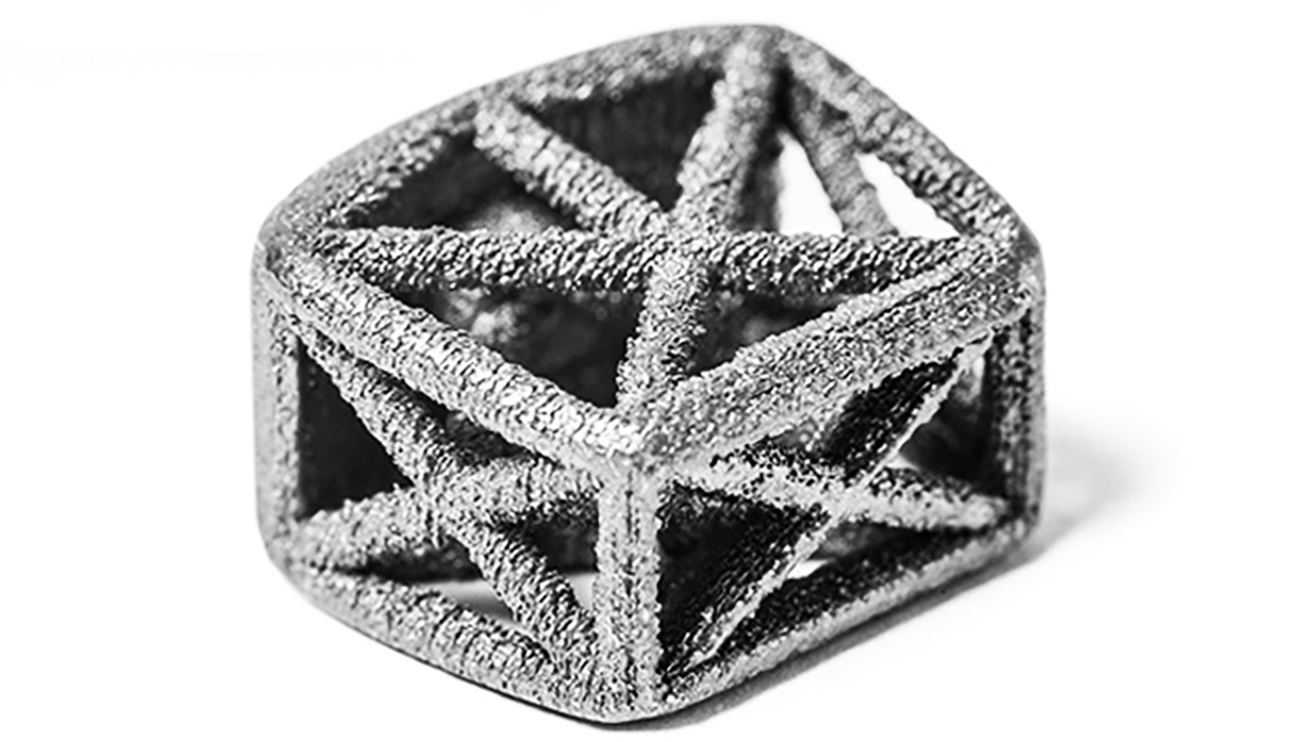Fusing Technology and Medicine: How 3D Printing is Helping Spinal Fusion Patients Heal Faster and Build Stronger Bones

(Washington, D.C.,) The far-reaching possibilities of 3D printers are building better, stronger futures for spinal fusion patients at MedStar Georgetown University Hospital.
U.S. Capitol Police officer Craig Galope, 45, now lives with three futuristic-looking, 3D printed titanium implants in his neck. Before his operation, a spine injury left him suffering from bulged discs, several pinched nerves, numbness and pain down his right arm.
“One day I woke up and couldn’t lift a backpack over my head,” Galope says. “It looked like someone stuck a needle into a balloon and deflated the right side of my body.”
Galope had heard negative stories about spinal fusions using metal rods and was nervous about permanently losing mobility as a result. He saw MedStar Georgetown Orthopedic Spine Surgeon S. Babak Kalantar, MD, who recommended anterior cervical fusion of the spine using 3D printed interbody spacers placed in between discs. No metal rod necessary.
“This kind of device is the next level in the evolution of the procedure. It’s used in instances where we’re looking for higher fusion rates and doing multiple levels of fusion,” says Kalantar.
According to Kalantar, fusing a spine with titanium helps bone grow back more quickly than other types of implants, like those made of plastic. However, even older titanium implants come with challenges. Kalantar describes them as “really dense, just like a big fat piece of metal.” The new 3D printed pieces (developed by 4WEB) change all of that.
“We really had to wait until 3D printing became available so that these devices can be made in three dimensional ways that we never could have done before,” says Kalantar.
Their hollowed core leaves only roughly textured trestles. All of that open space allows doctors to use more sterilized cadaver bone to help vertebrae to heal and eventually fuse together on their own.
“This device stimulates the person’s own bone to grow across it, like your own body will grow across a broken bone to fix it,” says Kalantar.
With no contraindications – like allergies or reactions to the metal – almost anyone suffering from similar spinal injuries can be a candidate for the procedure. Galope elected to have it done and is still “blown away” by his own recovery.

“I’m at 100% movement. I would have been happy with 85%, but to get 100% back – that’s Dr. Kalantar’s work.”
According to Kalantar, the pain & weakness from the bulged discs went away less than 24 hours after surgery. Three months later, Galope was back to full duty at U.S. Capitol Police.
“I think it worked incredibly well, especially with someone going back into a very intense field of work where he’s going to be performing very physical work,” Kalantar says. “It’s not a very painful recovery and is often very quick.”
It’s a victory for 3D printing that Kalantar predicts will continue to make an impact on the medical world, allowing for more customized implants and easier recoveries in the years ahead.
Categories
Media Contact
Marianne Worley
Director of Media Relations
Office: 703-558-1287Pager: 202-405-2824
worleym@gunet.georgetown.edu
Brendan McNamara
Media Relations Specialist
Office: 703-558-1593brendan.t.mcnamara@gunet.georgetown.edu









